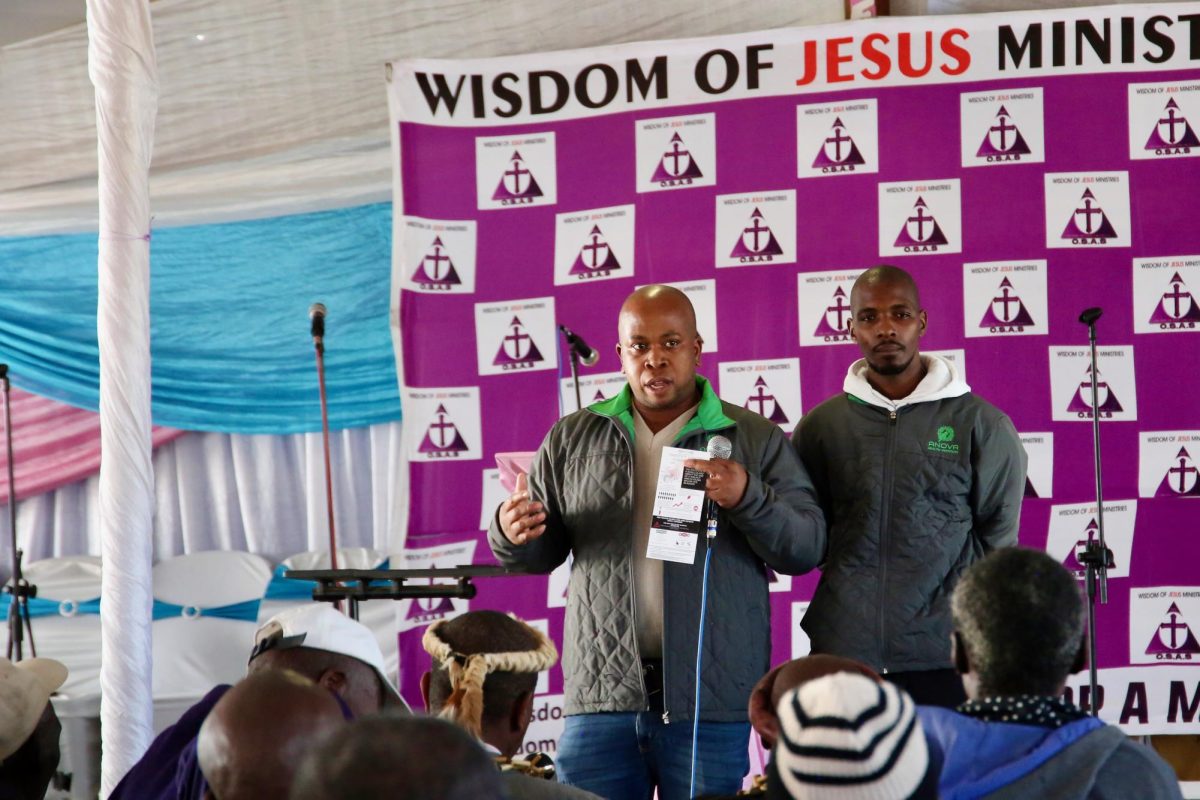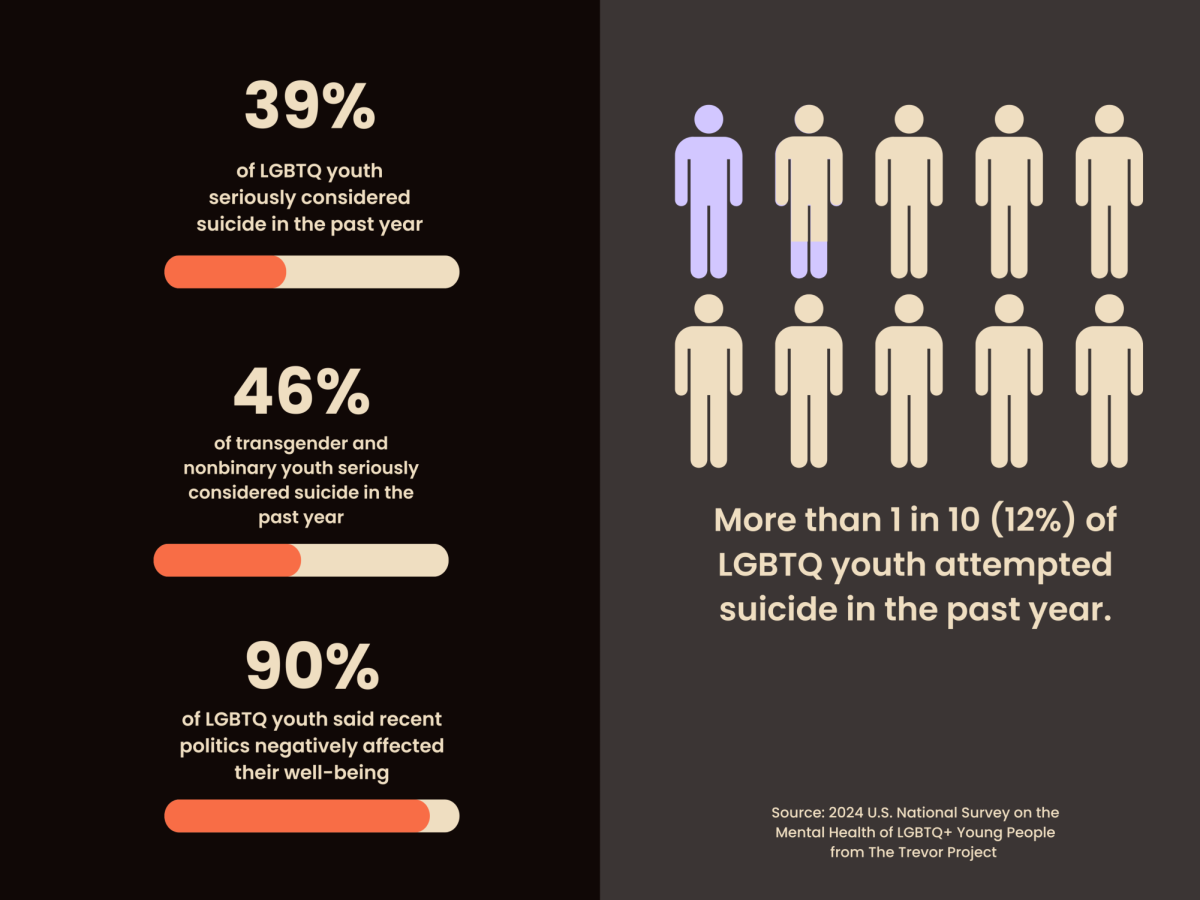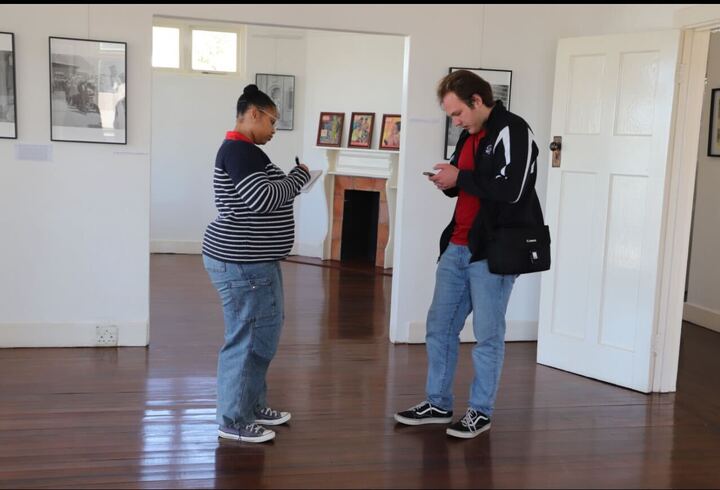Gillian Flynn’s second novel is a hidden treasure
Are you seeking a thrilling, complicated mystery novel full of twists and turns that’ll keep you on the edge of your seat until the very last page? Look no further than “Dark Places” by Gillian Flynn.
Flynn may sound familiar to many readers, due to her 2012 novel “Gone Girl” which took readers and critics by storm, garnering awards, rocketing to the top of the New York Times bestseller list, and leading to a highly successful film adaptation.
What many don’t know is that “Gone Girl” is Flynn’s third novel, and two critically acclaimed books preceded it.
“Dark Places,” Flynn’s second novel, was released in 2009 and was a New York Times bestseller. It was also a New Yorker Reviewers’ favorite, Weekend TODAY Top Summer Read, Publishers Weekly Best Book of 2009, and Chicago Tribune’s Favorite Fiction choice.
It was even adapted into a movie in 2015, starring Academy Award winner Charlize Theron.
The novel centers on Libby Day, the sole survivor of an infamous massacre that took her two sisters and mother. Evidence at the scene of her family’s home in Kinnakee, Kansas hinted that the murders may have been prompted by the rituals of a Satanic cult.
Libby herself, a young girl at the time, witnessed the murders before escaping out of a window. She then testified against her own brother, Ben, in court and helped get him convicted of the crime and sent to prison.
The truth is, though, that Libby does not actually know who brutally murdered her two sisters and mother, and does not often let her mind wander to the “dark places” that encompassed that fateful night.
The story is mainly told from Libby’s perspective 25 years after the slaughter. She is desperate for money, so she agrees to meet up with an obsessive group of fanatics who believe that Ben is innocent.
They urge her to reopen the case, encouraging her to meet up with her brother in prison and also her suspicious, now-homeless father in order to gather facts.
Libby’s investigation leads her to find out that her brother’s girlfriend at the time had been keeping a secret at the time of the murders, and Libby also discovers the various accusations that had been made against Ben for child molestation.
Flashbacks from the day of the massacre are interspersed amongst Libby’s modern day investigation, adding tension to the piece and dropping clues for the reader. These flashbacks are told from the perspective of Libby’s mother, Patty, and Ben.
Patty’s point of view gives background on the difficulties she faced as a single mother of four trying to keep the family farm afloat. Ben’s perspective offers insight into his troubled teenage life and his run-ins with the wrong crowd.
The characters’ voices are distinct, yet blend together to tell the story of the Day family’s tragic demise; shining light on subjects such as class issues faced by rural America, and Satanic cult hysteria that swept the U.S. in the 1980s.
Libby Day is a woman desperate to distance herself from her past but also determined for answers, and it is questionable whether she is even a reliable narrator.
This novel was a bit gory and creepy at times, with its detailed descriptions of Satanic rituals and gruesome murder, but the urgent mystery and thrilling action at the heart of the novel kept me turning the pages to find out what exactly happened to the Day family and whether Libby would even survive her investigation.
As you become more and more engrossed in “Dark Places” and watch the events unravel, surely you’ll begin to form your own theories of who murdered the two little girls and an innocent mother.
Be warned: Flynn’s novel ends in a shocking twist that’ll disprove all of your well-thought-out theories, and keep you up at night pondering it.





































